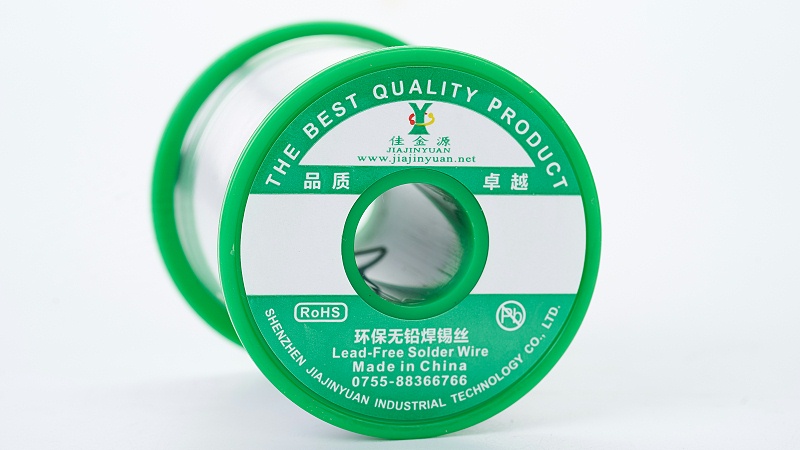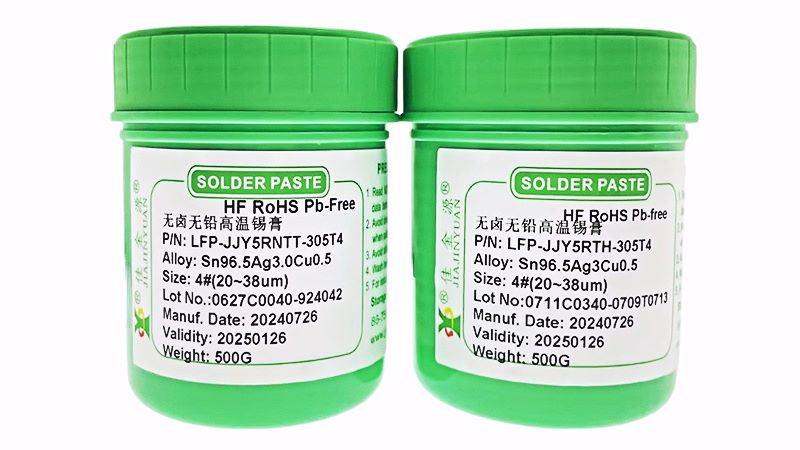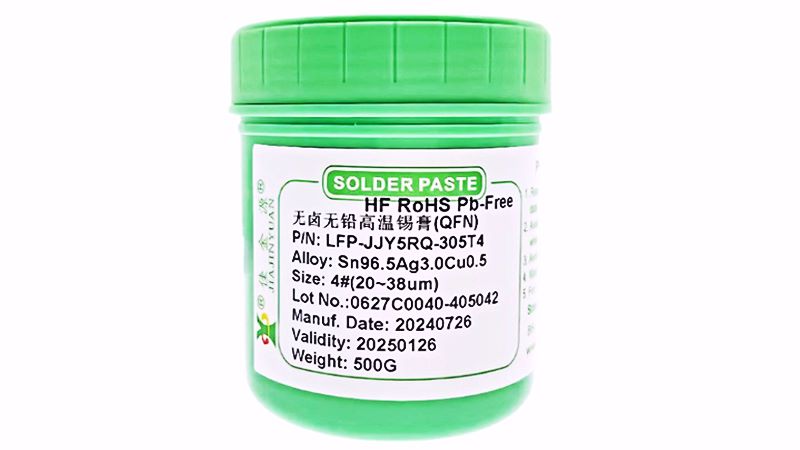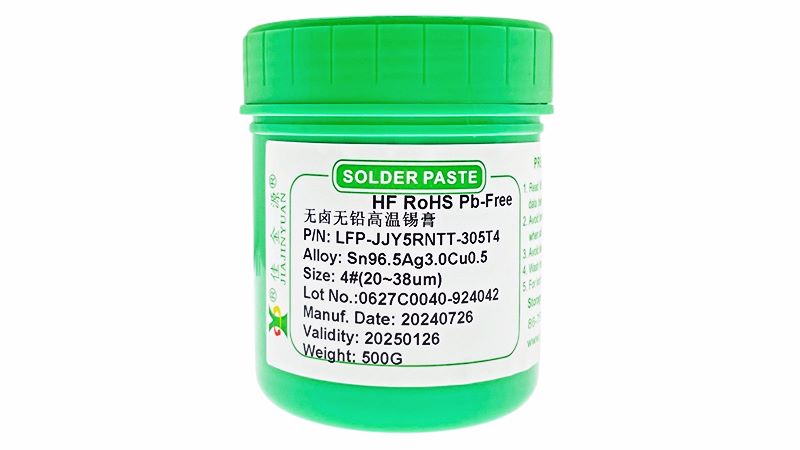Low-temperature tin wireWhen there is an error in the brightness of the solder joint, is it due to the instability of the tin content? JJY guides everyone to understand the cognition and answers at the tin wire level together.
Because20%The low tin content leads to the low temperature beneath itTin wireThere's no reason to look for, right28%When the solder joint does not light up, the following points should be analyzed:

If there is an error in the tin content, the brightness will be impaired, mainly manifested in the tin content being63%Below, the higher the tin content, the brighter it becomes instead. The stark contrast is that when the tin content is lower, the brightness of the solder joint becomes dimmer instead. However, under normal circumstances,5It is rather difficult to identify within a certain degree.
Secondly, the same amount of tin content, such as63%When there is a significant difference in the composition error of the residue, the brightness of the solder joint will also be impaired. Some chemical elements have a more obvious impact on the brightness of the solder joint, such as copper, bismuth, silver, arsenic, iron and other elements.
However, the brightness of the solder joints can also be affected by temperature. If the solder joints are to exhibit good gloss, the temperature must be sufficient; otherwise, it usually reduces the smoothness of the surface layer and leads to roughness and unevenness.
JJYIt has been proved through practice that take one20An electric soldering iron with watts and another one60The soldering iron for tiles, when soldered onto the same type of solder wire, has different brightness levels. For more information about tin wire, please feel free to consult usShenzhen JJYOne-on-one answers for you.





 Tel:+86 0755 88366766
Tel:+86 0755 88366766 Phone:+86 18938660310
Phone:+86 18938660310 Email:sales@jjyhanxi.com
Email:sales@jjyhanxi.com Address:13/F,12/F, Building No. B,Qinghu Technology Park,Qingxiang Rd.,Qinghu Community, Longhua Subdistrict,Longhua District,Shenzhen City,GUANGDONG Province,P.R.C.(518027)
Address:13/F,12/F, Building No. B,Qinghu Technology Park,Qingxiang Rd.,Qinghu Community, Longhua Subdistrict,Longhua District,Shenzhen City,GUANGDONG Province,P.R.C.(518027) Guangdong Public Security Backup 44030902002666 name
Guangdong Public Security Backup 44030902002666 name
 WeChat
WeChat WeChat official account
WeChat official account
